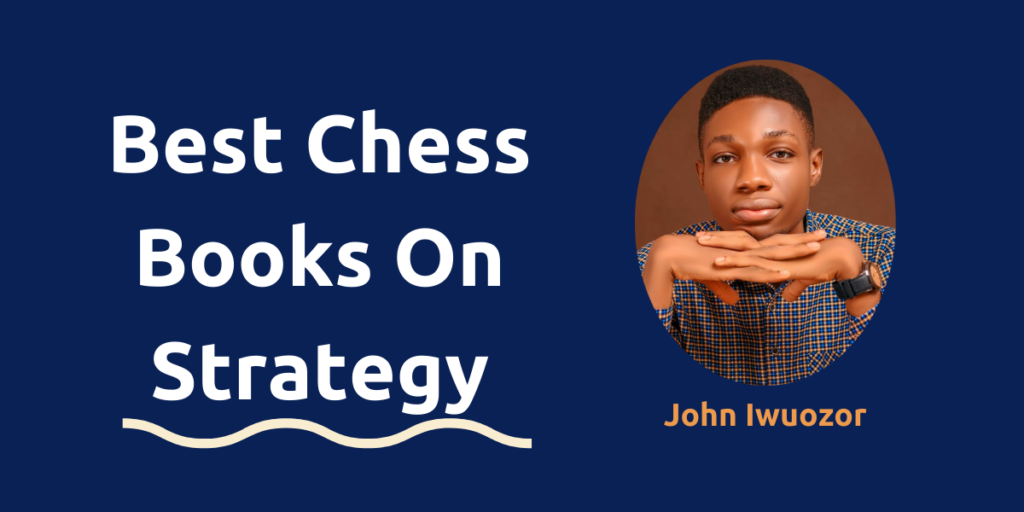Chess Structures: A Grandmaster Guide by Mauricio Flores Rios
The first book I’ll talk about is a modern masterpiece that I’m surprised hasn’t gotten more attention—”Chess Structures: A Grandmaster Guide” by Grandmaster Mauricio Flores Rios.
This book is one of the most insightful works I’ve read on chess structures, going incredibly in-depth in its coverage.
It starts every chapter with a list of plans for both Black and White pieces in a specific structure, along with advice on managing each piece effectively.
It even contains invigorating tidbits, like how to save a game where your light-square bishop is locked within the pawn structure.
This book is fairly new and is an absolute must for any serious, competitive chess player.
Even casual players looking to brush up on their strategies will find it incredibly useful.
Pawn Structure in Chess by Andrew Soltis
With the third book, we cross the chronological gap to “Pawn Structure Chess” by Andrew Soltis.
This book has made it to my top recommendations because it presents an easily digestible explanation of pawn structures; it’s as engaging as a novel, and an absolute joy to read.
Even as you learn about the Caro-Cann and Slav structures, it feels like you’re playing an exciting game.
Understanding these structures is a stellar advantage, hence “Pawn Structure Chess” by Andrew Soltis is worth its weight in gold, and an easily enjoyable read at that.
Positional Decision-Making in Chess by Boris Gelfand and Jacob Aagaard
In Positional Decision Making in Chess, Boris Gelfand, a top grandmaster, offers a rare glimpse into his mind and thought process.
The book focuses on various topics such as the squeeze, space advantage, and the transformation of pawn structures and advantages.
Gelfand explains how he thinks during the game, using examples from his games and those of his hero, Akiba Rubinstein.
In general, this book provides valuable insights into the thought process and decision-making methods of a super GM.
Though more suitable for players over a rating of 1500, players at any level can definitely benefit from it.
Let me know if this review was helpful.
